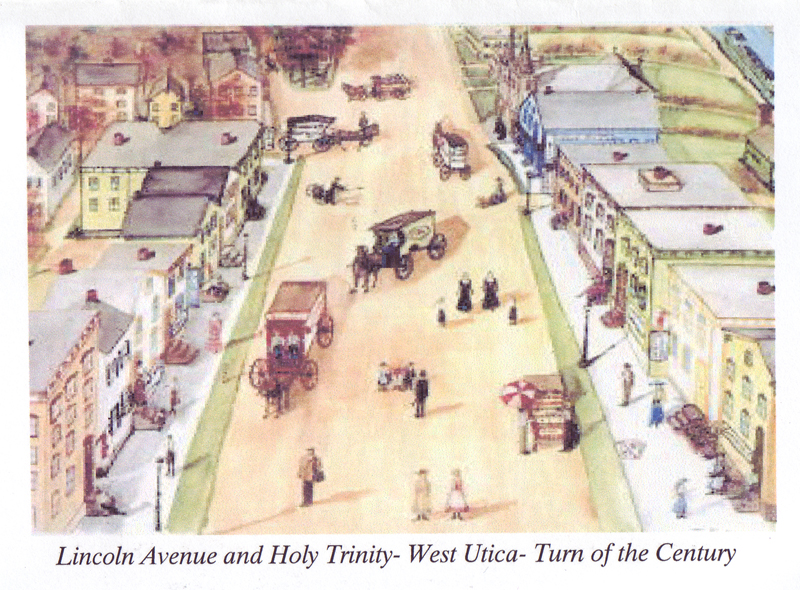We stand strong both spiritually and materially with firm faith in God, burning love for Jesus and trust in Mary's watchful care over which our founders brought from Poland over 100 years ago.

We stand strong both spiritually and materially with firm faith in God, burning love for Jesus and trust in Mary's watchful care over which our founders brought from Poland over 100 years ago.
